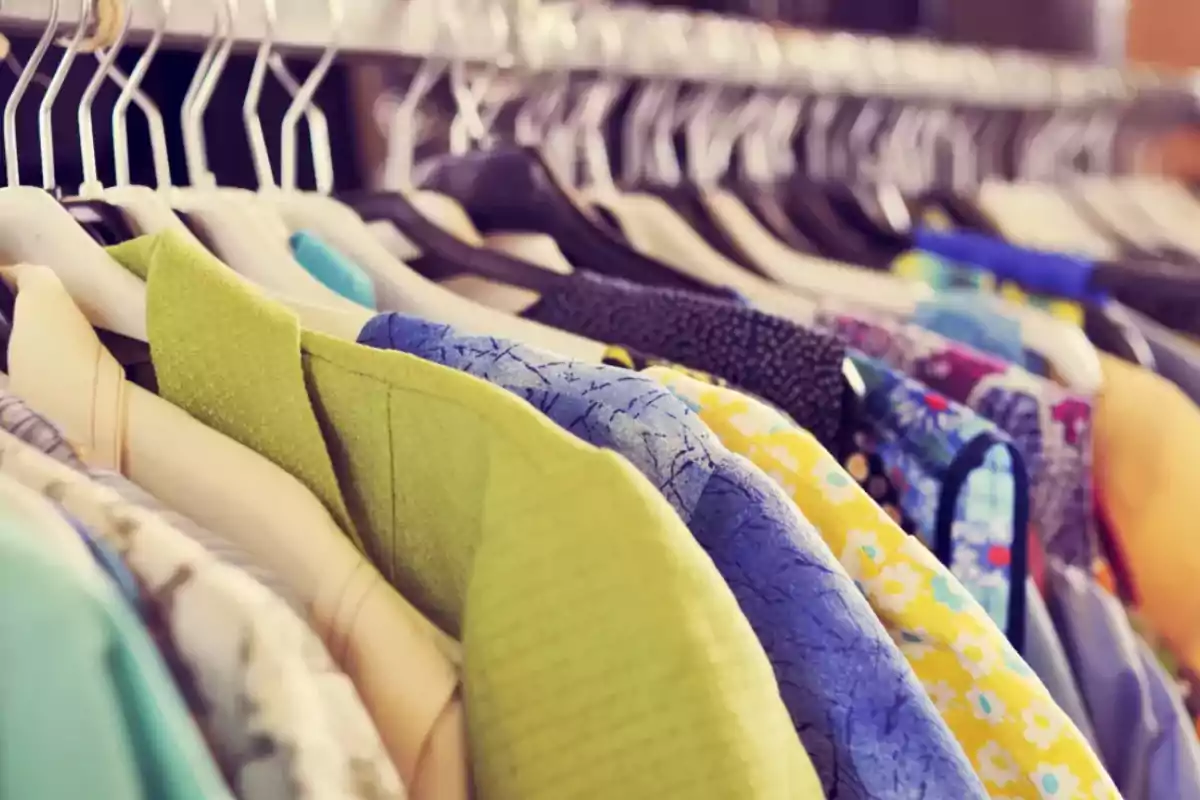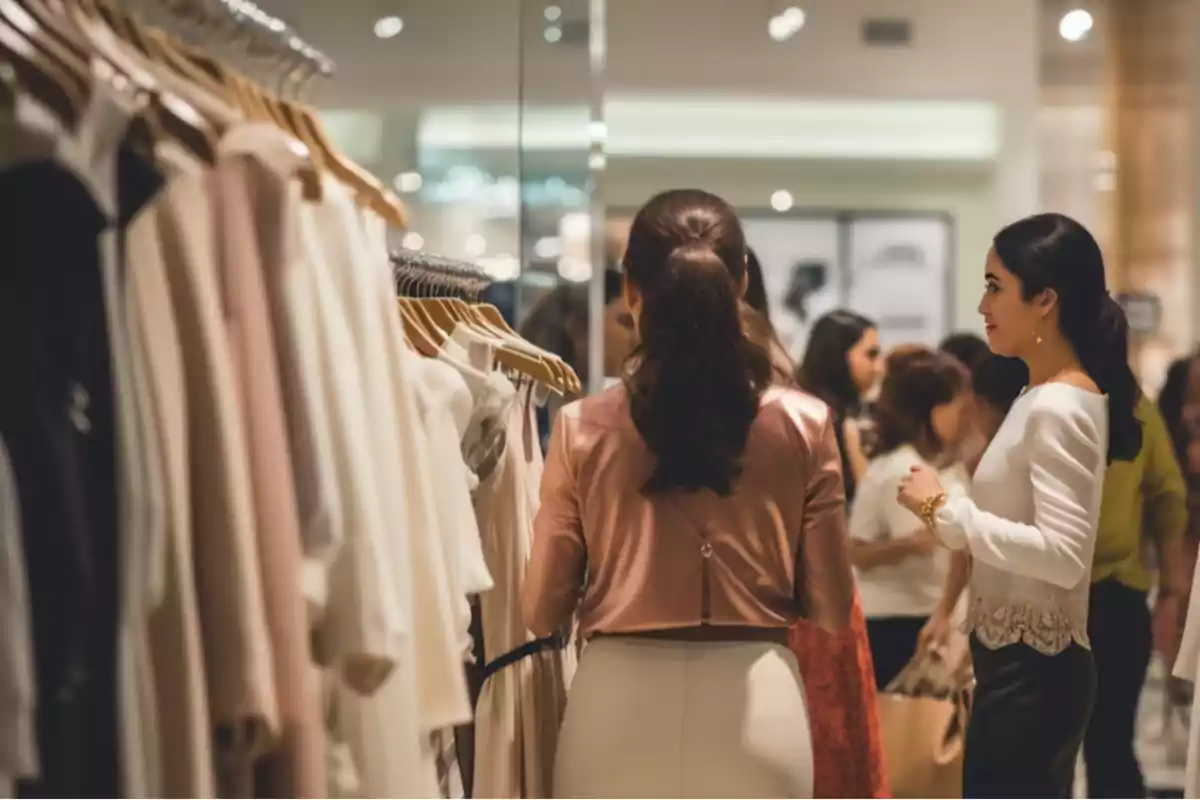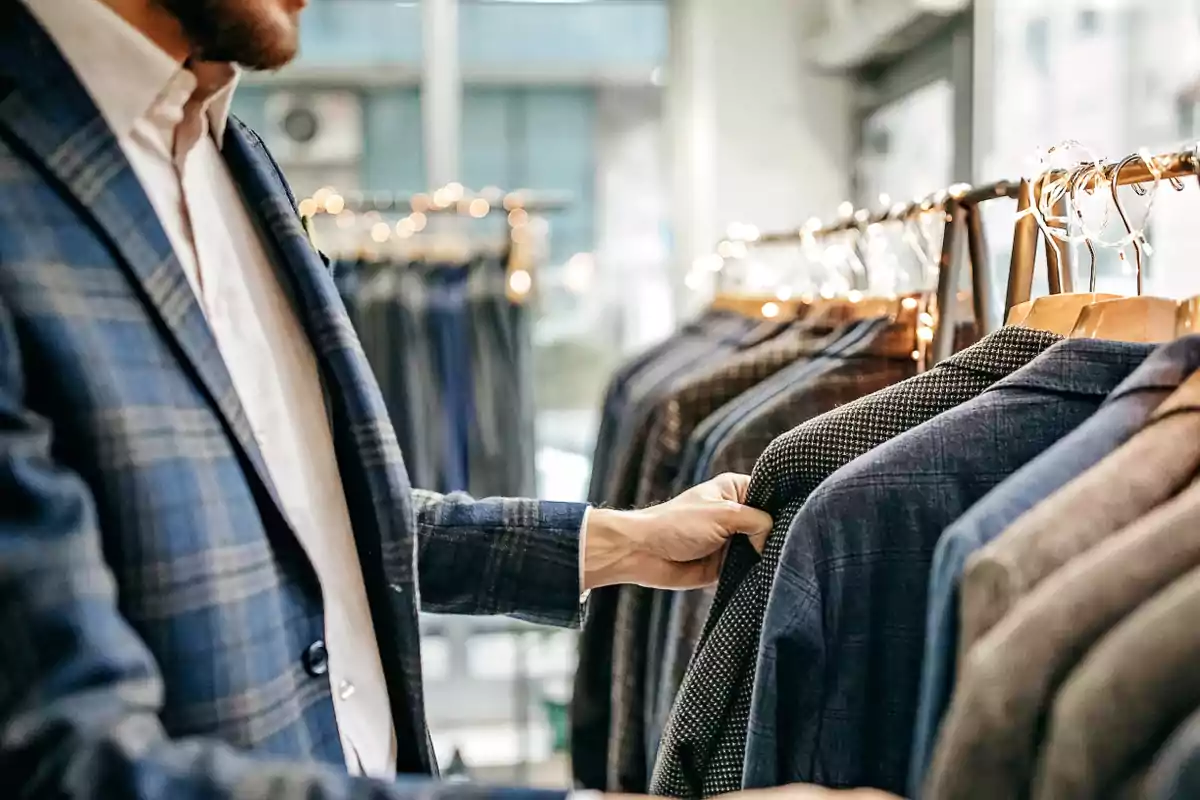
The Government formalized the reduction of tariffs for clothing imports
The Executive emphasized that the measure seeks to align tariffs with those of neighboring countries like Uruguay
The national Government announced a reduction in import tariffs for textiles, footwear, yarns, and fabrics, with the aim of promoting competition and reducing prices in the local market, which are among the highest in the region and the world.
New tariffs and international comparison
Through Decree 236/2025, the tariffs were set as follows:
- Clothing and footwear: from 35% to 20%
- Fabrics: from 26% to 18%
- Yarns: from 18% to 12%, 14%, and 16%, returning to pre-2007 levels
A report from the Secretariat of Commerce, which compared prices in Argentina with England, Spain, Mexico, Uruguay, the U.S., France, Brazil, and Chile, revealed that the country has the most expensive clothing in the region.
Examples from the survey:
- T-jersey: in Argentina, it costs 310% more than in Spain (41 dollars versus 10) and 95% more than in Brazil (21 dollars).
- Jacket: it costs 174% more than in Spain (118 dollars versus 43) and 90% more than in Brazil.
The Executive highlighted that the measure seeks to align tariffs with those of neighboring countries like Uruguay, where imports pay 20% plus a 5% consular fee, and Paraguay, which applies a 10% tariff on clothing and footwear imports.

Additional measures to encourage competition
Along with the tariff reduction, the Government eliminated several customs regulations that increased import costs:
- Control of labeling on textiles and footwear
- Stamping of merchandise
- Mandatory red channel regulation
- Sworn Declaration of Product Composition (DJCP)
- Import licenses
From the Secretariat of Industry and Commerce, they stated that these decisions aim to promote competition and reduce inflation, in line with the policies implemented during 2024.

Criticism from the industrial sector
From the Argentine Industrial Union (UIA), they expressed their concern, pointing out that the measure was applied without a complementary agenda to strengthen "local competitiveness."
"In recent months, we have warned of the need to reduce internal costs that hinder competition. With the current levels of tax pressure, informality, and lack of access to credit, competing with imports under these conditions is unequal and unfair", they indicated from the UIA.
Regarding the impact on prices, they noted that in January, the textile sector increased by only 0.6%, while clothing rose by 1%, well below other sectors.
More posts: